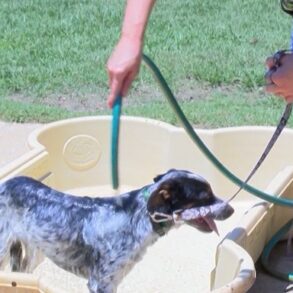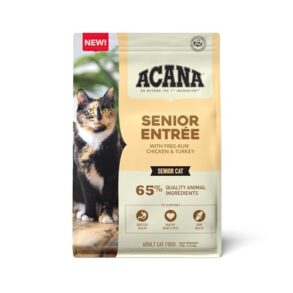With summer travel on the horizon, veterinary teams should proactively advise clients about the importance of keeping their dogs current on vaccinations—especially when travel plans may introduce new exposure risks.
Using the 2022 AAHA Canine Vaccination Guidelines, your team can effectively guide clients through vaccine decision-making ahead of seasonal travel. Here are some tips from the guidelines to help shape your communications.

Reinforce the Importance of core vaccines
Core vaccines—rabies, distemper (CDV), parvovirus (CPV), adenovirus (CAV-2), and now leptospirosis—should be up to date for every canine patient, regardless of travel plans. When discussing this with clients, emphasize that these diseases are either highly contagious, life-threatening, zoonotic, or all three.
- Leptospirosis, in particular, warrants attention. While it was previously considered noncore, the updated guidelines recognize its zoonotic potential and increasing urban incidence. Combat vaccine hesitancy by reassuring clients that modern vaccine formulations are safer and well-tolerated, especially in smaller breeds.
Encourage team members to check vaccination histories during appointments and recommend boosters or titers if a dog is overdue.
Tailor noncore vaccine discussions to lifestyle and destination
Use open-ended questions during intake to assess potential risks. For example: “Are you planning to board your dog, visit off-leash parks, or travel over state lines/outside the province?” This invites a conversation about noncore vaccines, including:
- Bordetella bronchiseptica: Recommended for dogs frequenting kennels, grooming facilities, daycares, or other high-density settings.
- Canine influenza virus (CIV): Advise clients if there are active outbreaks or their destination has reported CIV cases.
- Lyme disease (Borrelia burgdorferi): Discuss regional tick prevalence and recommend vaccination for travel to or from endemic areas (e.g., eastern Canada, northeastern U.S.).
Clients may not realize that these diseases are geographically or environmentally specific. Tailor recommendations and use risk maps or posters to visually reinforce the message.
Timing and vaccine scheduling
Make clients aware that some vaccines (e.g., Lyme and leptospirosis) require an initial series of two doses spaced 2–4 weeks apart. Recommend that travel vaccinations be completed at least two weeks before departure. Incorporate this timeline into your seasonal reminder systems, wellness plan scheduling, or follow-up appointment scheduling.
Emphasize the human-animal health connection
When discussing rabies and leptospirosis, underscore the public health significance of these vaccines. Framing it as protection for both the pet and the family resonates strongly, particularly for families with children, seniors, or immunocompromised members.
Equip the team with consistent messaging
Create scripts and handouts so all staff—from customer service representatives to technicians—can confidently answer common questions like:
- “Does my dog really need the leptospirosis vaccine?”
- “Is kennel cough the same as Bordetella?”
- “Is Lyme disease common in this area?”
Training the team ensures that vaccine messaging is consistent and medically sound across all touchpoints.
Final note
Summer is a great time to strengthen client relationships by providing proactive, personalized vaccine guidance. By clearly explaining the risks and rationale behind your recommendations, you can empower clients to make informed decisions that protect their pets—and their families—during their summer adventures.
AAHA’s veterinary practice guidelines offer the latest clinical and nonclinical guidance on a wide range of topics. From the Guidelines presents bite-sized nuggets of wisdom from these guidelines for the practice team to consider.
Photo credit: © travelism / E+ via Getty Images Plus
Disclaimer: Trends content is meant to inform, educate, and inspire by providing an array of diverse viewpoints. Any content published should not be viewed as an official stance, position, or endorsement by the American Animal Hospital Association (AAHA) or its Board of Directors. This article had editing assistance from AI software.
This post was originally published on this site be sure to check out more of their content.







































